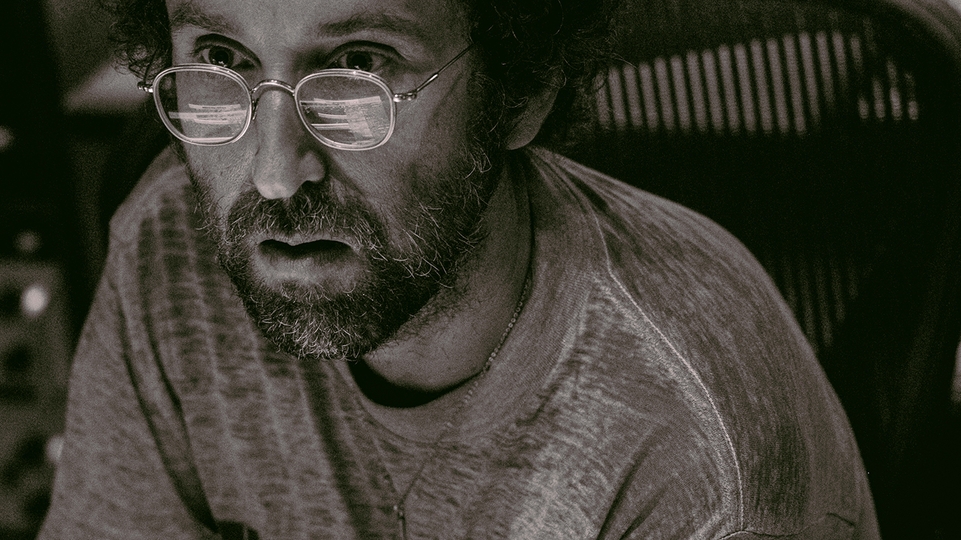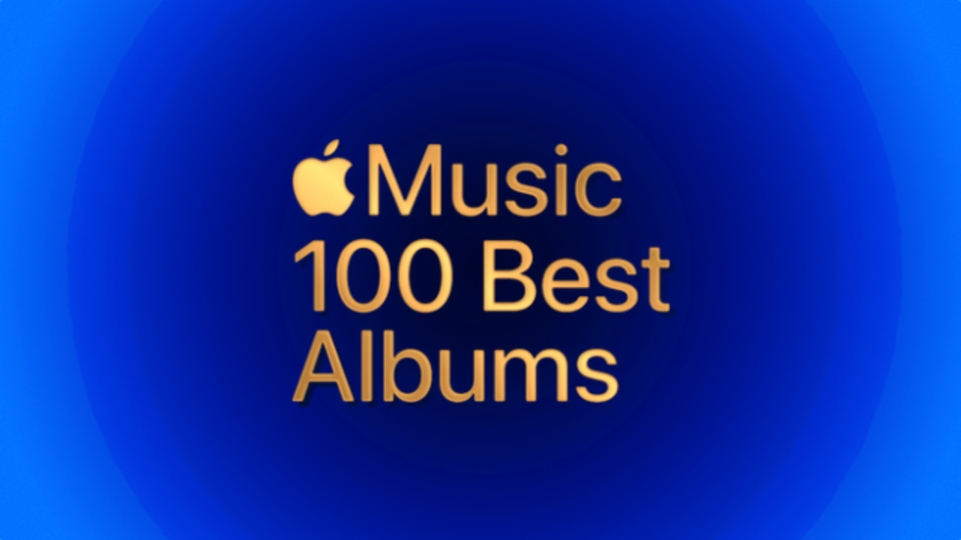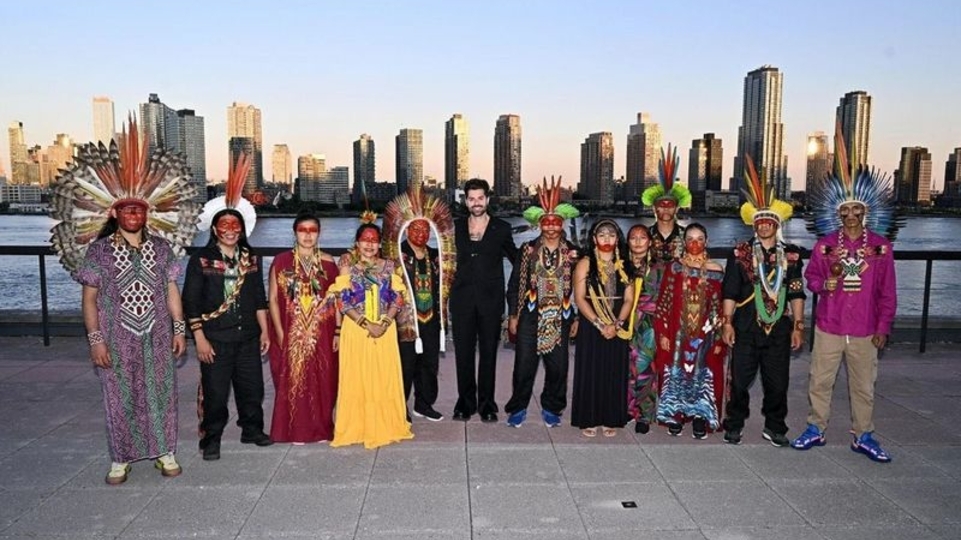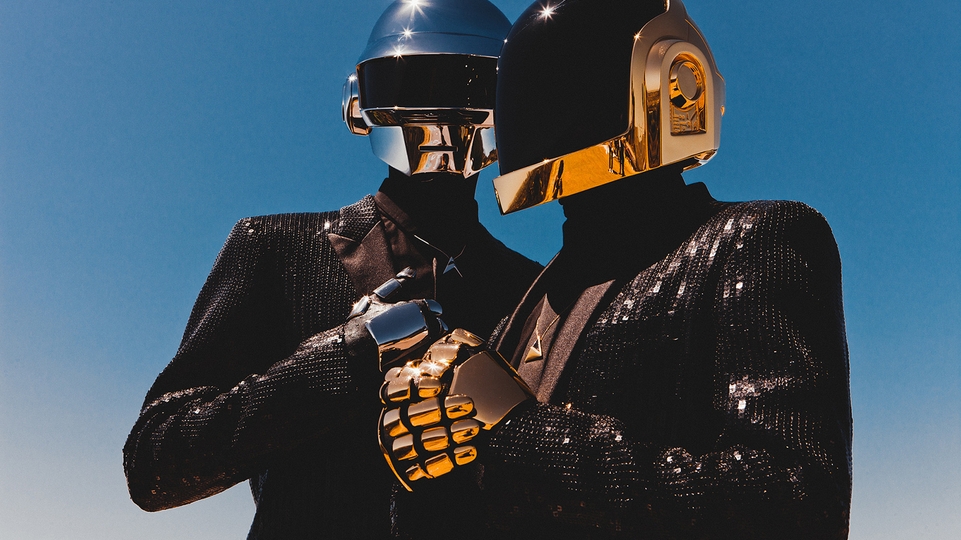
How Daft Punk's 'Discovery' laid the foundations for EDM
EDM is a genre that swept the global club and festival scene - particularly in the U.S. - in the late 2000s, riding on a wave of '90s electronica straight into the mainstream. In this excerpt from his new book, Daft Punk's Discovery: The Future Unfurled, Ben Cardew charts the duo's integral role in the initial rise of EDM
We may not necessarily thank them for it – they probably wouldn’t thank themselves for it – but Daft Punk undoubtedly helped to lay the path for EDM, the nebulous trend that saw Electronic Dance Music filter its lurid way into the global consciousness in the late-2000s, particularly in the US. House music and techno are American inventions, born in the clubs of Chicago, New York and Detroit. But it took EDM, riding on the electronica trend of the 1990s and a new interest in electronic sounds among hip hop producers, to bring this music into the mainstream in its home-land. And Daft Punk were integral to its rise.
Before 2006, Daft Punk had enjoyed cult success in the US. They were part of the first wave of European dance acts to re-import dance music to the US in the 1990s, alongside The Prodigy, The Chemical Brothers, Fatboy Slim and Underworld, and 'Discovery' reached 23 in the US charts on its release.
This golden period had rather dimmed by 2005 when 'Human After All' peaked at 98 in the States, part of the album’s generally poor chart performances. But Daft Punk’s 2006 live performance at the Coachella festival was, according to Philip Sherburne, then writing in Spin, “the tipping point” for EDM in the US, a gig that “truly introduced Daft Punk to the rock kids” thanks to a nostalgia for the late-90s and the band’s incredible live spectacle, which saw them perform inside their iconic pyramid for the first time.*
“We knew it was going to be good,” Paul Tollett, the co-founder of Coachella, explained in a 2017 interview for Apple’s Beats 1, “but they had never played with their helmets, that was only just press photos before. And they had stopped playing, so everyone had in their head what it might be but we never saw it. And it was 100 times better. It was just insane.” Around 40,000 people attempted to get into the 10,000-capacity Sahara Tent at Coachella where Daft Punk were playing, according to the band’s manager Pedro Winter, and the band’s reputation was made.
“A lot of Americans, aside from ravers, hadn’t actually seen live electronic music before Coachella,” says Sherburne. “It was like a revelation for them because they had literally never seen somebody on stage with computers or synthesisers and they didn’t know it was possible. The other important thing was the spectacle, it was the pyramid, the light show...
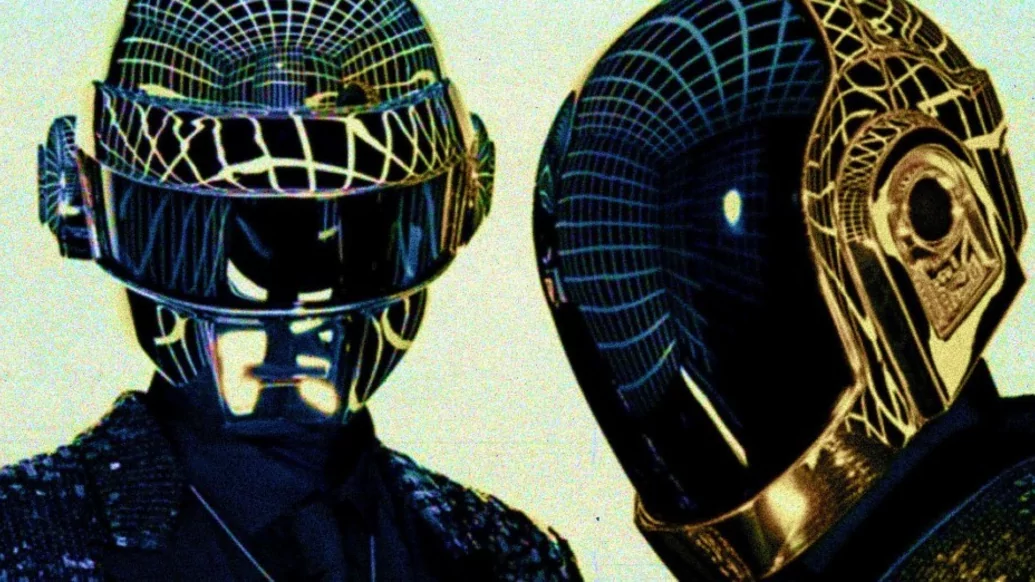

“Within EDM there became almost an expectation: whereas in the underground you were only real if you were DJing other people’s music, within EDM there came this expectation that a real EDM artist would only play their own music" - Philip Sherburne
The son et lumière spectacle of Daft Punk’s Coachella gig would prove particularly influential on the nascent EDM scene, both for its visual impact and the way it demonstrated that electronic musicians could play a set of their own music, rather than relying on other artists’ records, as most older DJs would do. In fact, the standard EDM template of massive light show + your big tunes, which still exists today, was arguably birthed at Coachella. (Rock music, of course, had long favoured this kind of idea.)
“Within EDM there became almost an expectation: whereas in the underground you were only real if you were DJing other people’s music, within EDM there came this expectation that a real EDM artist would only play their own music,” says Sherburne. “That was the value for them: that their fans wanted to go and see a set full of their favourite artist’s music, rather than see their favourite artist play good records that they had pulled out. It’s very rock, like the myth of the genius artist.”
Many of the leading lights of EDM have noted Daft Punk’s influence on their work. Avicii claimed that his entry to electronic music was “listening to a lot of Daft Punk, way before I knew what house music was”; Swedish House Mafia called Daft Punk “our heroes in all ways possible”; and Skrillex said that seeing Daft Punk playing live in the pyramid changed his life. (Daft Punk don’t exactly return the compliment: in a 2013 NME interview De Homem-Christo said EDM “is energy only. It lacks depth.”) Musically, too, you can hear traces of Daft Punk’s sidechain compression, build-and-release tension and poppier riffs – albeit none of their subtlety or funk – in the output of EDM’s leading lights.
But how about 'Discovery', specifically? How did Daft Punk’s second album bleed into the rise of EDM?
On a very basic level, 'Discovery’'s place as one of Daft Punk’s three studio albums released before the EDM explosion ('Tron: Legacy' and 'Random Access Memories' came when EDM was already firmly in place) meant that it was an innate part of Daft Punk’s influential power. Swedish House Mafia, Skrillex, deadmau5, Martin Garrix and David Guetta have all played Harder, Better, Faster, Stronger in their DJ sets, while Daft Punk’s Coachella setlist was a fairly typical mixture of songs from all three of their studio albums to date.


But there is more to the link than that. 'Discovery' had two key elements in its make up that helped introduce Daft Punk – and by extension, re-introduce electronic music – to a mainstream US audience. EDM was a worldwide phenomenon. But much of the world had already accepted electronic music before EDM hit. In the US, however, EDM marked the first time that electronic music had reached a genuinely mainstream audience, more than two decades after American producers had first invented house music.
The first of these two key elements was 'Discovery'’s embrace of soft rock, possibly the most Middle American of all genres. There had long been a streak of Americanophilia to Daft Punk, from the sound of Dr. Dre on Da Funk to the duo’s love for the compression on US radio.
“Some people like the really good sound of a guitar and we really like the sound of compression in general,” De Homem- Christo told Mix. “That’s one of the biggest loves we have in music-making, especially the US FM radio sounds where the compression is making everything. Sometimes you like it so much that you’re really disappointed when you buy the CD.”
This tendency came to a head on 'Random Access Memories', Daft Punk’s 2013 album, recorded in expensive studios alongside some of America’s best session musicians.
But that was post-Coachella. Pre-Coachella, 'Discovery' was Daft Punk’s most Americanophile album, combining disco, house and rock in a mixture that went beyond America’s bohemian city centres into the US rock heartland.

